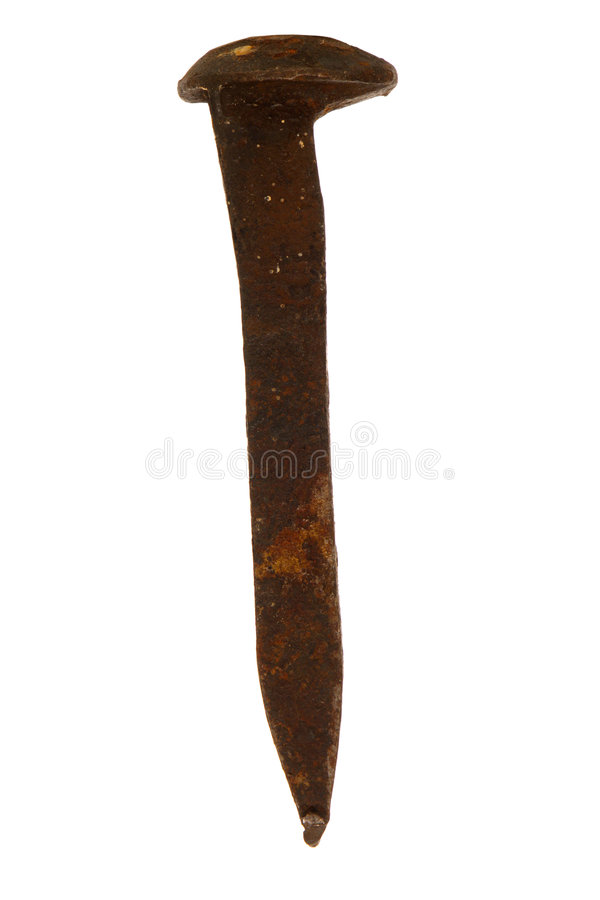

"Everyone wanted to be part of what was a grand national public relations thing. So why was Arizona - then just a territory and more than 40 years away from statehood - part of its ceremony? The route ran across Utah and through northern Nevada on its way to California. "It's become, over the years, something like the Liberty Bell, you know, viewed with lots of symbolism and value," said Westwood. They were cast iron plated in gold and silver and inscribed: "Arizona presents her offerings to the enterprise that has banded the continent and dictated the pathway to commerce." And then as I remember correctly, it just says the date, generally May 1869," said Brad Westwood, senior public historian for the Department of Culture and Community Engagement for the state of Utah. Those four spikes were largely ceremonial. Or at worst, you put a letter in the mail and it arrives to your relatives a week later." Well, now all of a sudden you can send a telegraph, and it arrives almost instantly, almost the same speed of communication that we communicate today. having family on both coasts and, and you want to tell your family, 'Hey, we just had a baby.' Well before that, you send that letter, it's gonna take six months to go clear around the southern tip of South America to get to New York. And, so if you think about that, you know, think about. Now all of a sudden information, people, goods - they can move from the East Coast to the we West Coast in just about a week.

Well, the day that they complete that Transcontinental Railroad, that changes. But either way, that was gonna take you months - four to six months to go from New York City to San Francisco. The only way to do that was basically steam ships or a steam ship, and then a railroad across the Isthmus of Panama and then steam ship up the West Coast. "Before the completion of the railroad, you really kind of have two Americas, right? You've got the East Coast and the West Coast, and the distance between them was tremendous. It tied the nation together in a way nothing ever had - and it made the world much smaller very quickly.īrandon Flint is the superintendent of Golden Spike National Historic Park in Promontory Summit, Utah. The construction of the Transcontinental Railroad was both a marvel of technology and a stain on the nation's legacy of racism and exploitation. Hundreds of rail workers, politicians, railway executives and curious onlookers gathered in Promontory, Utah, on May 10, 1869, to watch four railmen drive the final four spikes into railroad ties, marking the completion of the first Transcontinental Railroad in North America.Īt the time, it was like putting a man on the moon - the culmination of more than 20 years of planning, land dealing, backroom politicking and highly questionable land acquisitions.

The joining of the tracks in Promontory, Utah, from "How we built the Union Pacific railway, and other railway papers and addresses" from the Library of Congress.


 0 kommentar(er)
0 kommentar(er)
